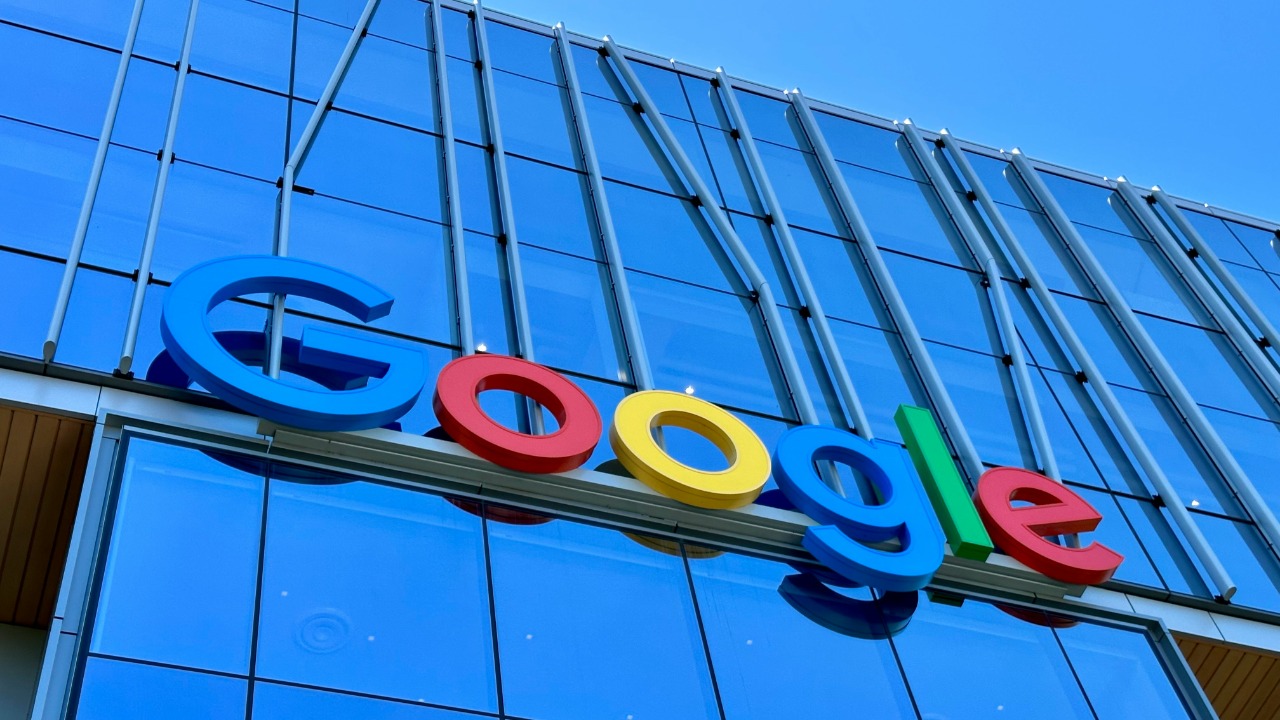
Google has finally shed light on the intriguing rationale behind the name of its revolutionary AI image generator, “Nano Banana”. This feature, integrated into the Gemini app, has not only captured the imagination of users worldwide but also attracted over 10 million new users to the app within months of its launch. Amidst speculation about its potential to shake up traditional photo editing giants like Adobe, the explanation behind the name has added another layer of interest to this groundbreaking tool.
The Debut of Nano Banana
Nano Banana made its debut as Google’s innovative AI image generator within the Gemini app in the late summer of 2025. The tool quickly gained attention as a potential game-changer in the realm of AI art, positioning itself as a formidable contender against established software. Its core functionality, designed for broad user adoption, was an accessible image creation and editing feature that revolutionized the way users interacted with digital art.
Nano Banana’s Viral Success
Shortly after its launch, Nano Banana went viral, garnering massive attention for its user-friendly interface and creative output. Google celebrated a significant milestone in early September 2025 when Nano Banana drove over 10 million new users to the Gemini app. The tool’s innovative AI editing capabilities played a crucial role in boosting the overall Gemini ecosystem, as reflected in user engagement metrics.
Why Adobe Views Nano Banana as a Threat
Nano Banana has been perceived as “the AI image generator Adobe was afraid of”, with its potential to redefine photo editing workflows. Comparisons to Photoshop highlighted how Nano Banana’s AI-driven features could signal “the end of Photoshop” for certain creative tasks. By mid-2025, industry reactions included concerns that Nano Banana’s accessibility might erode Adobe’s market dominance in digital art tools.
Accessing and Using Nano Banana
Users eager to try Nano Banana found it integrated within the Gemini app for seamless image generation. The tool offered practical features such as real-time AI enhancements that appealed to both novices and professionals. Reporting from September 2025 provided details on the platform requirements for experimenting with the tool, ensuring users had a clear understanding of how to access and use Nano Banana.
Unveiling the Name ‘Nano Banana’
In early November 2025, Google officially explained the choice of “Nano Banana” as the name for its AI image generator. The whimsical yet strategic branding was a reflection of the tool’s playful identity, which contributed to its rapid cultural adoption and meme-worthy status. Insider anecdotes on the decision-making process provided insights into how Google’s viral ‘Nano Banana’ AI got its name.
Nano Banana’s Broader Impact
By September 2025, Google was celebrating Nano Banana’s “major achievements” in the Gemini app, linking its success to user growth and feature innovations. The tool’s role in advancing AI accessibility without overshadowing core Gemini functionalities led to ongoing speculation about its evolution. The timing of the name explanation in November 2025, in response to viral curiosity, further solidified Nano Banana’s place in AI history.
More from MorningOverview